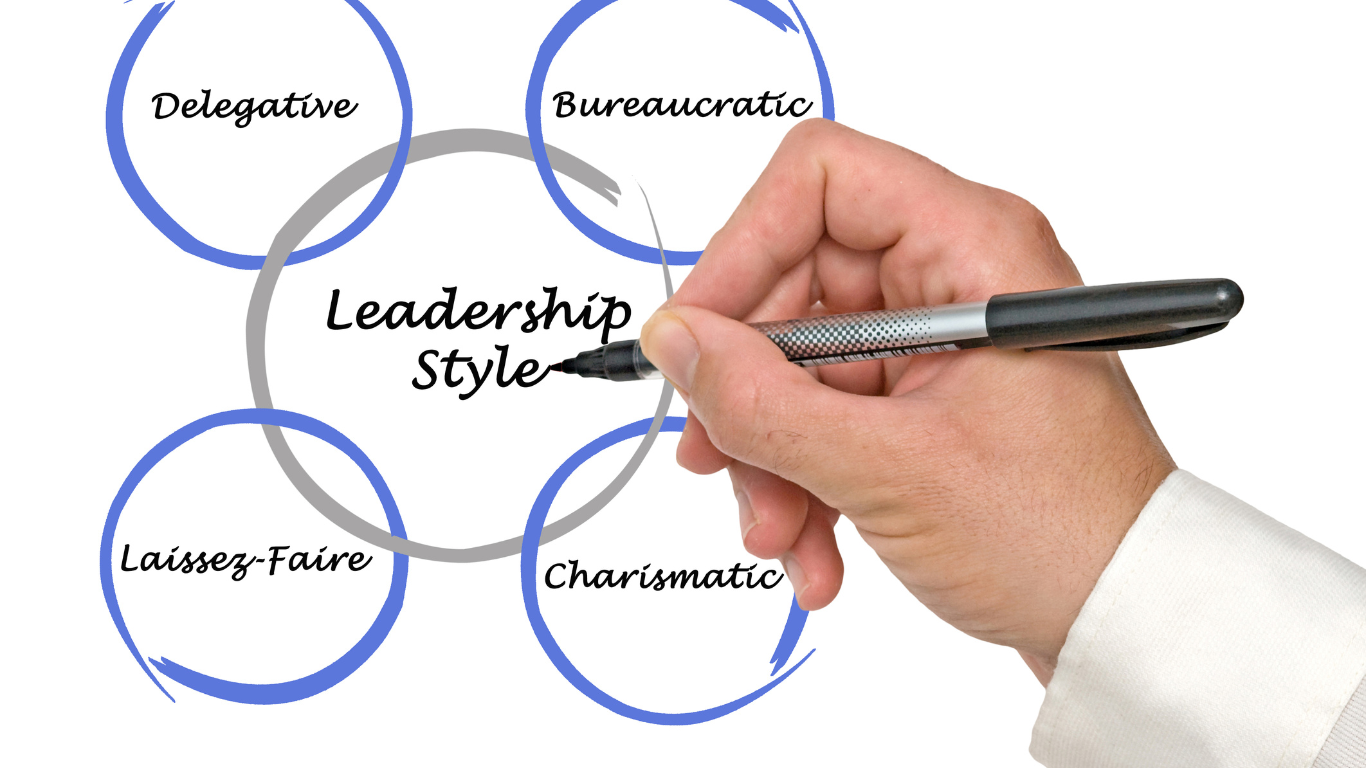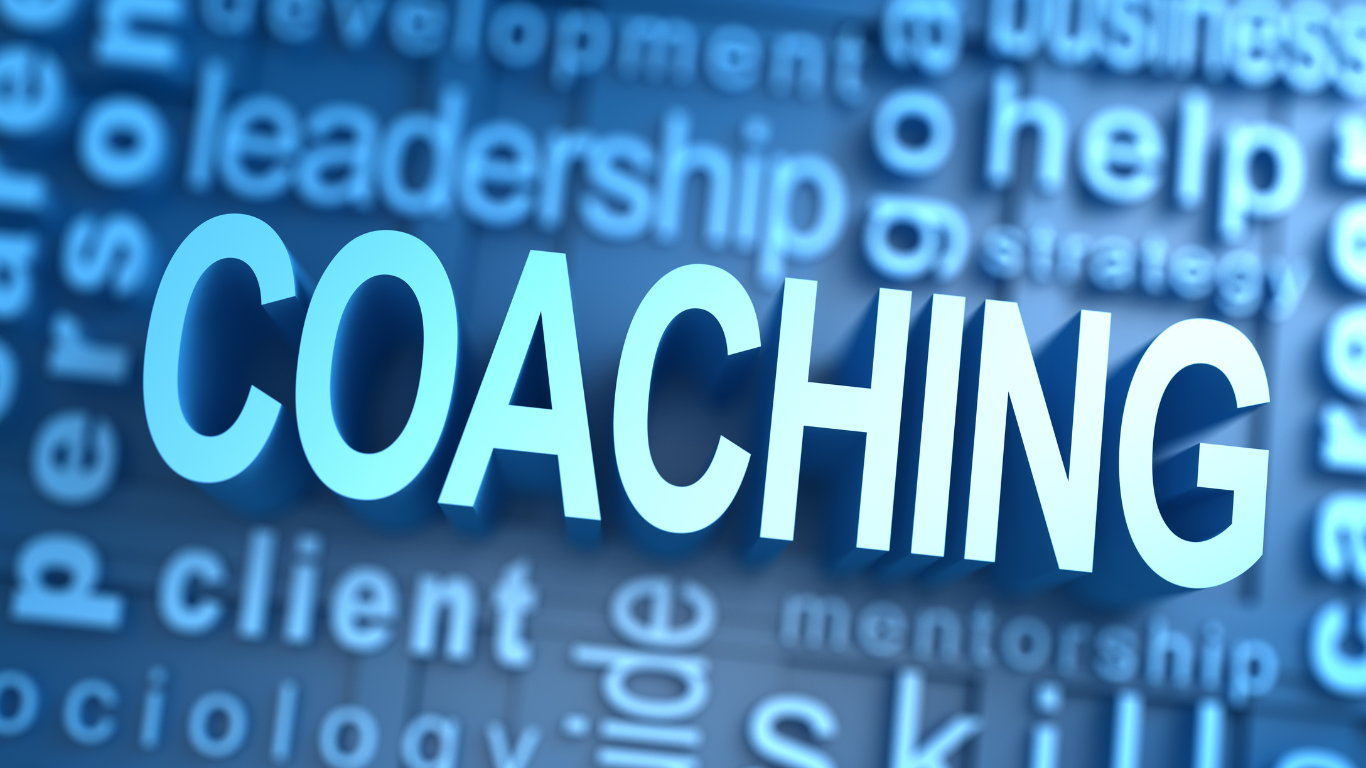This month holds great significance for me given our focus on Inspiration to Action. February is Black History Month, which many of us associate with Reverend Doctor Martin Luther King Jr. and his globally known, I Have A Dream speech he delivered during the march on Washington in August of 1963. February is also the month of my father’s birth and passing. This year is personally significant because I’m dedicating all year to “getting back to basics”. Something that both Dr. Martin Luther King Jr and my father had in common was basic needs.
Hi, I’m Byron Darden with another installment of Leading with Purpose on Purpose. As we continue exploring the basics of leadership, I want to draw your attention to your leadership style. We all have a particular style of leadership that we’re drawn to and while it may work for you in some situations, the more nimble we are in shifting our style to fit the situations we are in, the more effective leaders we become. Sometimes that means telling a story that engages your audience and inspires them to action.
The benefits are so far-reaching because storytelling has been the number one, most significant aspect of my coaching for over two decades. Because no matter where in the world I’ve coached, leaders learning to tell an impactful story is one of the most significant ways to engage with the hearts and minds of humanity. And when you can do that, you are destined to gain a seat at the table. I know because of the success I’ve had in getting leaders promoted.
So, take a look at this month’s offerings with open hearts and minds as we continue to make our way through the year by sharing how you can become the leader you want to be. Enjoy!
Let’s get started this month by taking a look at How Leadership Styles Have Changed.








